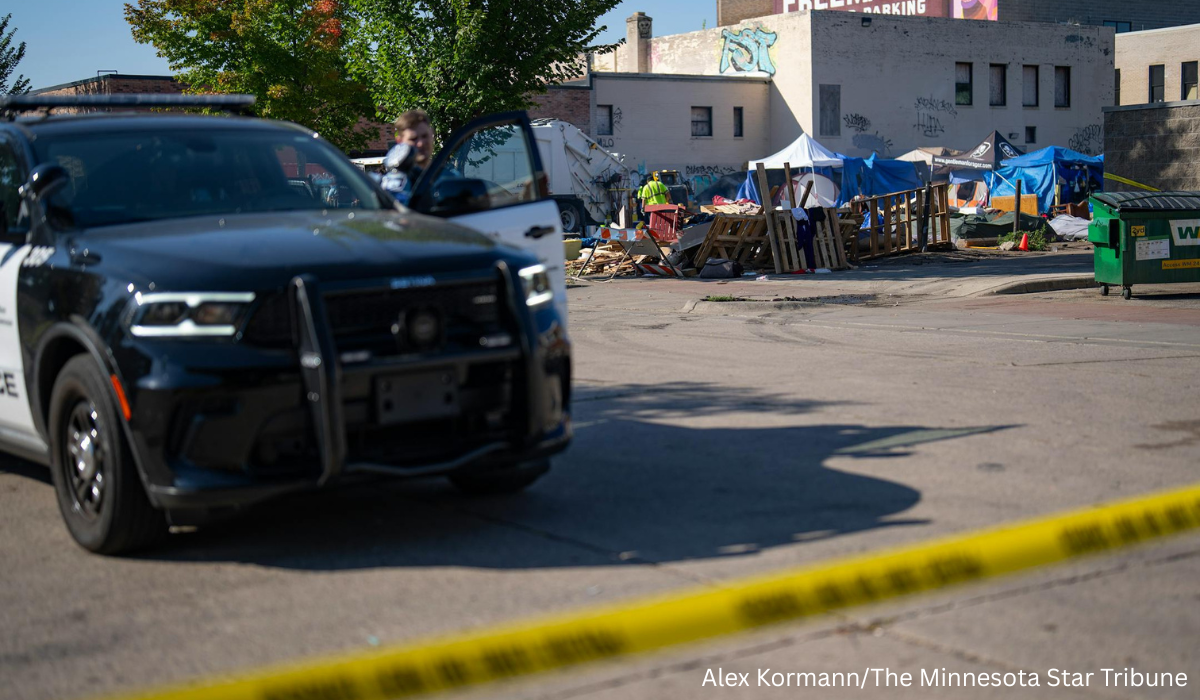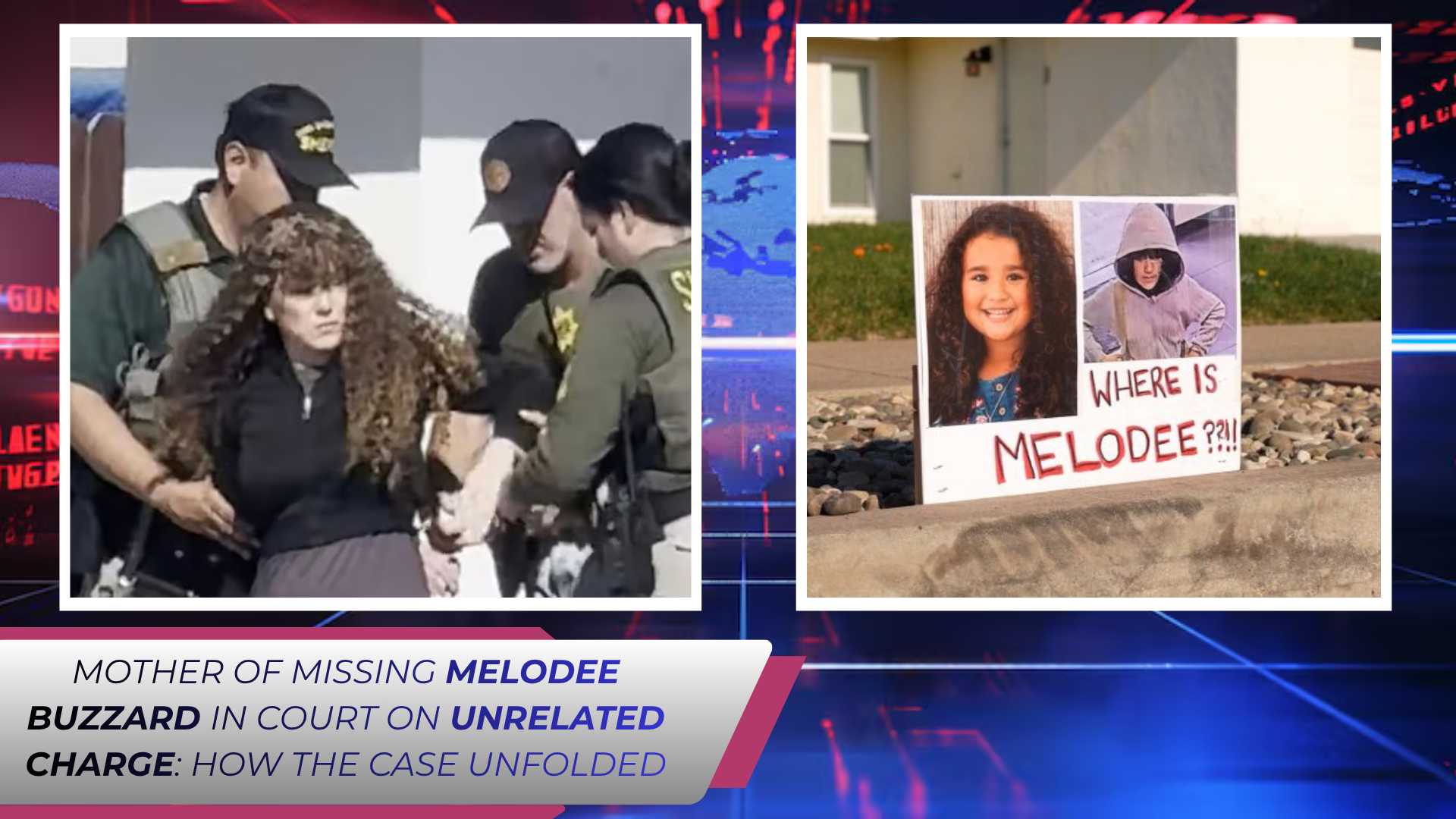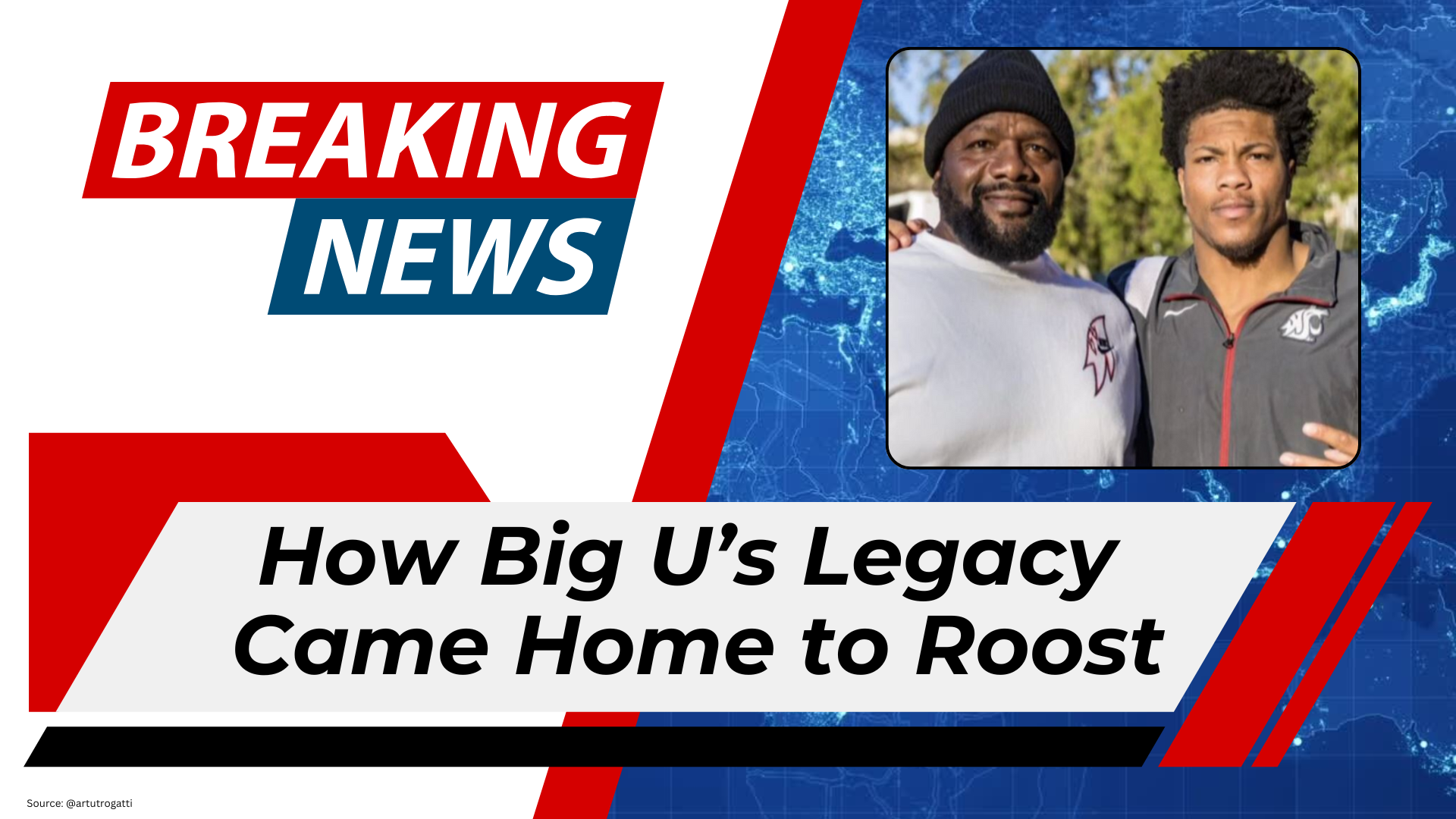In 2025, Minneapolis finds itself in a complex moment — one where data tells a story of progress, but emotions and experiences reveal lingering unease. Crime is down across nearly every major category in Minnesota’s largest city, continuing a steady decline that began in the aftermath of the pandemic. Yet, even as statistics show improvement, the community remains haunted by flashes of violence that dominate headlines and stir public fear.
It’s a paradox that many urban centers across the United States are facing: falling crime rates, yet rising anxiety. For Minneapolis — a city still working to rebuild trust, reform its police department, and redefine public safety after years of social upheaval — this contrast feels particularly sharp.
A Clear Downward Trend
City data from the first nine months of 2025 indicates that violent crime has dropped by more than 15% compared to the same period in 2024. Reported homicides are down nearly a third, and robberies have decreased substantially. Property crimes — including burglary, theft, and carjackings — are also trending downward after several years of troubling increases.
Police officials and community advocates point to a combination of factors for the turnaround. Investments in violence interruption programs, improved coordination between police and social service agencies, and a renewed focus on mental health response teams have all contributed to stabilizing conditions in once-volatile neighborhoods.
“The trendline is moving in the right direction,” said one longtime community organizer. “But numbers alone don’t tell the whole story. We’re still seeing pain, especially when tragedies happen back-to-back.”
Indeed, those tragedies — the mass shootings, the domestic disputes turned deadly, and the occasional acts of random violence — are what most residents remember. While less frequent, these incidents often draw widespread attention, overshadowing the quieter progress made on everyday safety.
From Crisis to Rebuilding
The years following the 2020 killing of George Floyd were among the most turbulent in Minneapolis history. The city’s police department faced national scrutiny, calls for defunding, and a significant loss of personnel. Violent crime spiked in 2021 and 2022, mirroring trends seen in cities like Chicago, Philadelphia, and Portland.
By 2023, the city began shifting its approach. Rather than relying solely on traditional policing, Minneapolis leaned into community-led strategies and crisis response initiatives. Programs such as behavioral health teams and neighborhood violence interrupters began responding to 911 calls that previously might have involved armed officers. The results, while gradual, have been encouraging.
Officers have also returned to the ranks, though staffing remains below pre-2020 levels. The department has invested in new technology, data-driven patrol strategies, and expanded training in de-escalation and implicit bias. For the first time in years, recruitment efforts are beginning to outpace retirements.
Still, rebuilding public confidence takes time. “It’s not just about more cops or fewer crimes,” said a local pastor. “It’s about people believing again that the system can work for everyone.”
The Lingering Impact of Fear
Despite the statistical improvements, many residents admit they still feel unsafe. In a recent city survey, more than half of respondents said they worried about being victims of crime — a figure nearly unchanged from two years ago. Experts suggest that fear lingers longer than data trends shift.
Part of the issue lies in the disproportionate visibility of violent incidents. A mass shooting at a downtown bar in July 2025, for instance, left seven people injured and dominated local news for weeks. Similar events — though rare — reinforce a perception of chaos that can be difficult to counter.
Sociologists describe this as the “availability bias”: people judge how common something is based on how easily they can recall an example of it. Even if shootings are down overall, a few high-profile cases can make the public feel like violence is surging.
“You can’t tweet about a statistic,” said a criminologist from the University of Minnesota. “But you can share a video of a fight or a shooting — and that image spreads faster than any progress report.”
Reimagining Public Safety
City leaders are now focused on sustaining the momentum while addressing the emotional reality of safety. Minneapolis’ Office of Community Safety, which oversees police, fire, and emergency services, continues to push for a holistic approach that blends enforcement with prevention.
One major success has been the city’s violence prevention initiatives. Street outreach teams now operate in several high-risk areas, mediating disputes and connecting residents to resources before conflicts escalate. Officials credit these programs with helping to reduce retaliatory shootings and gang-related violence.
Meanwhile, local nonprofits are expanding mentorship and after-school programs for youth, aiming to cut off the pipeline that often leads from poverty to crime. At the same time, police have increased their visibility in key commercial corridors and public parks, reassuring residents through presence rather than force.
Business owners in downtown Minneapolis say the changes are noticeable. Foot traffic has increased, and the once-empty storefronts along Nicollet Mall are beginning to fill again. Summer festivals and cultural events have drawn crowds back into the city core, signaling a cautious return to normalcy.
A City in Transition
Minneapolis’ story in 2025 is one of cautious optimism. Crime rates continue to fall, police-community relations are slowly mending, and civic life feels less tense than it did a few years ago. But the wounds of the past — and the weight of high-profile acts of violence — remain.
Experts warn that maintaining progress will require consistency and continued investment. Budget pressures, political divisions, and national debates over policing could all threaten the fragile gains made since the pandemic.
“Public safety isn’t something you can fix once and walk away from,” said a City Council member. “It’s a living system that needs care, accountability, and community trust.”
For residents, the hope is simple: that the falling numbers on paper eventually translate into peace of mind on the streets. Until then, the city will continue to balance pride in its progress with the sober recognition that one violent night can still shake the public’s faith.





.jpg)


